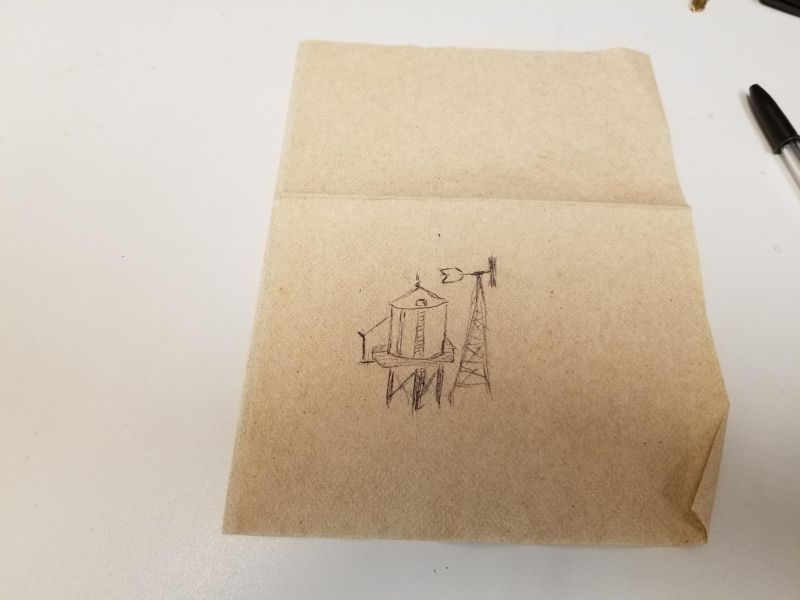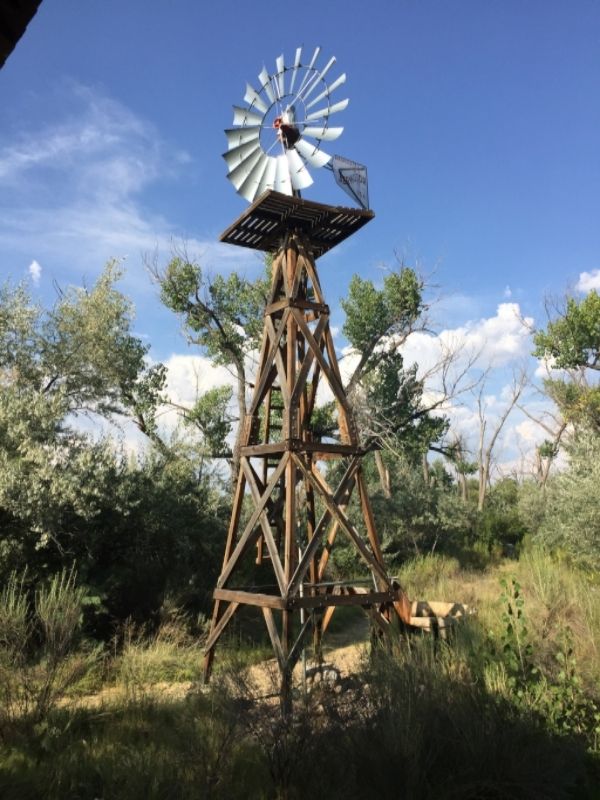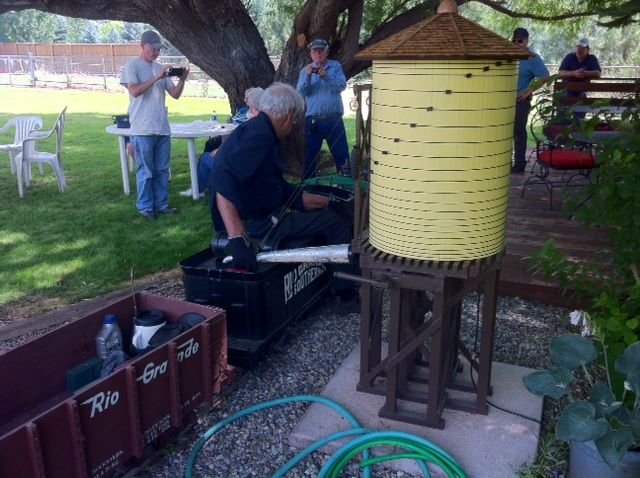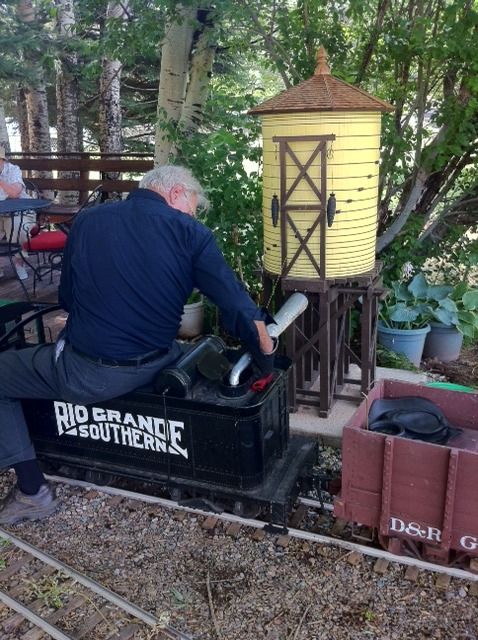Since;
There is no restrictions this year, just like the very first challenge. Any Size, Any Shape, any Car, Loco, Building, ROW thing, Trestle, Anything RR, or otherwise.
And since I am trying to actually finish an HO module, something I have yet to accomplish in over 9 years of being involved (again) with HO clubs.
Therefore I am going to start building some of the locomotive support/service structures for my HO module set. (I really don’t care Rooster)
Napkin drawing to follow. I spent today at my company’s home office, 234 miles from my house, and driving home from my company’s home office. Now its nap time, to be followed by bed time, to be followed by a train show where my unfinished modules will be on display again.



